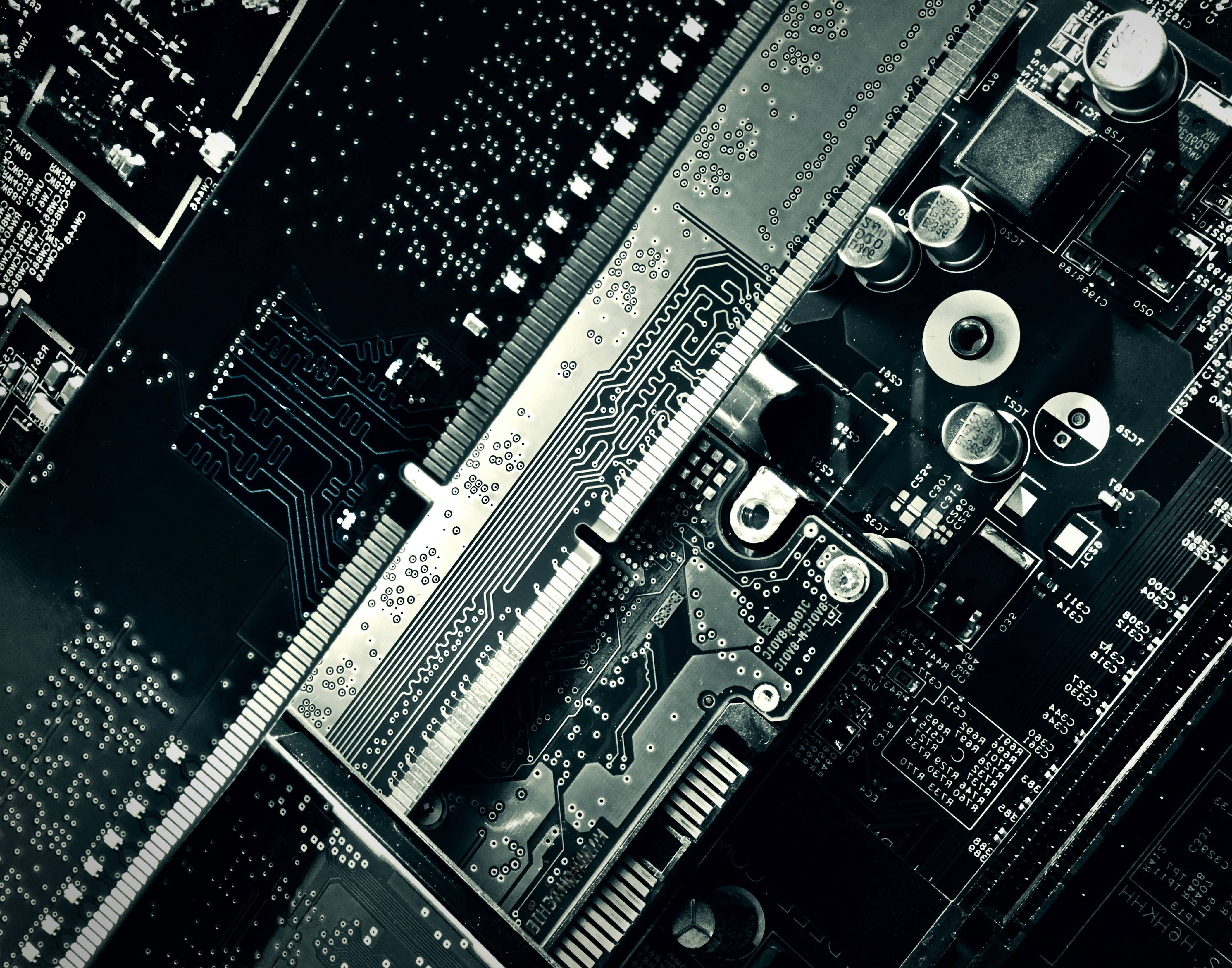From Defense to Deterrence: Three Ways AI is Transforming Cybersecurity
Judging by the headlines, 2023 will be remembered as the Year of Artificial Intelligence. From chatbots to writing assistants, machine learning to digital art, artificial intelligence (AI) is transforming how we work, play and create.
Artificial intelligence is also transforming another industry: cybersecurity. Using powerful new AI platforms and tools, cybersecurity experts are building innovative tools to preemptively identify and defeat malware, safeguard information technology (IT) supply chains, and secure our digital networks and devices.
Disarming Malware Before It Attacks
As more of our devices connect to the internet — and to each other — potential points of entry for criminals grow in number and complexity. Cybersecurity experts call such entry points an attack surface: vulnerabilities that allow hackers to insert malicious software, or malware.
With new, more powerful types of malware being detected every day, top cybersecurity experts are turning to artificial intelligence to identify, isolate and neutralize threats before they cause any harm.
Consider zero-day exploits, when cybercriminals use previously undocumented vulnerabilities to penetrate systems without warning. Because these vulnerabilities, by definition, are unknown to researchers and cybersecurity professionals, malware carrying a zero-day payload is largely immune to traditional cyber defenses such as antivirus software and signature detection.
These exploits are big business. In fact, most major security breaches in recent years can be traced to zero-days, and they’re the malware weapon of choice for State-sponsored actors.
Armed with new, AI-powered cybersecurity tools, researchers have successfully predicted zero-day malware attacks by flagging previously unseen relationships and threat patterns. The results are promising — Palo Alto Networks reports that Nova, the latest version of their network security software, can stop 26% more such attacks than traditional digital sandboxing.1
Safeguarding IT Supply Chains for Everyone
Oil, grain, auto parts, toilet paper and most other tangible goods are moved around the world using highly complicated supply chains. Like their physical counterparts, IT supply chains are complex and vulnerable to disruption and attack.
At issue? Upstream software components, typically housed on a cloud server and delivered via third-party service providers.
That’s not to say software development kits, APIs (application programming interfaces) and other third-party code sources are inherently bad; indeed, most modern apps can’t operate without them. But the prevalence of third-party code makes it more important than ever to verify that cloud-sourced software is free from contaminants.
The risks include ransomware, spyware, viruses and other malware, as well as human errors such as buggy code and incorrect hardware configurations. One line of bad code may seem benign, but even a single typo can be catastrophic to a downstream environment of client machines and networks.
Here, again, artificial intelligence is driving innovation. It’s now possible for security experts to identify and manage supply chain risks before they reach client networks. Always-on AI-based tools essentially X-ray all inbound software for malware, errors and other items of concern. Given a clean bill of health, secure apps are issued an NTIA-compliant software bill of materials2 – essentially, a stamp of approval, issued by the National Telecommunications and Information Administration, that all components have been verified as safe – and the AI continues to monitor for ongoing compliance.
In the event of a breach, the same AI can immediately isolate compromised code and shunt it away from the network at large, avoiding or reducing downtime for the downstream environment.
Securing Digital Devices at the Edge
As a buzzword, “Internet of Things” (IoT)3 has cooled in recent years, but we are in fact surrounded by IoT, just as the experts predicted. Internet-enabled phones, tablets, alarm systems, TVs and medical devices fill our homes, and most modern industrial processes depend on IoT devices.
These digital environments, known as “edge computing,” are particularly vulnerable to cyberattack. At home, we may fail to follow best “cyber hygiene” practices by reusing passwords, for example. In the field, when devices are overlooked during security audits, their outdated firmware can accumulate vulnerabilities. With edge computing, the list of potential attack vectors is nearly endless.
Fortunately, it’s now possible to deploy artificial intelligence to handle these edges. Cisco’s Edge Intelligence product suite, for example, helps safeguard IoT and multi-cloud environments on local networks, closer to the action, even on the devices themselves. Similarly, Qualcomm’s EA5165N, known as “Gloria,” is a high-performance AI edge box designed for on-premise processing. These and other edge-based AI products help neutralize threats before they can penetrate an organization’s central network.
With these collective cybersecurity innovations, companies continue to reimagine how to protect their organizations, data and more.
1 Palo Alto Networks press release, “Palo Alto Networks Announces PAN-OS 11.0 Nova to Keep Organizations One Step Ahead of Zero Day Threats,” 11/16/2022
2 National Telecommunications and Information Administration
3 The network of physical objects that have the ability to connect and exchange data with other devices and systems over the internet





